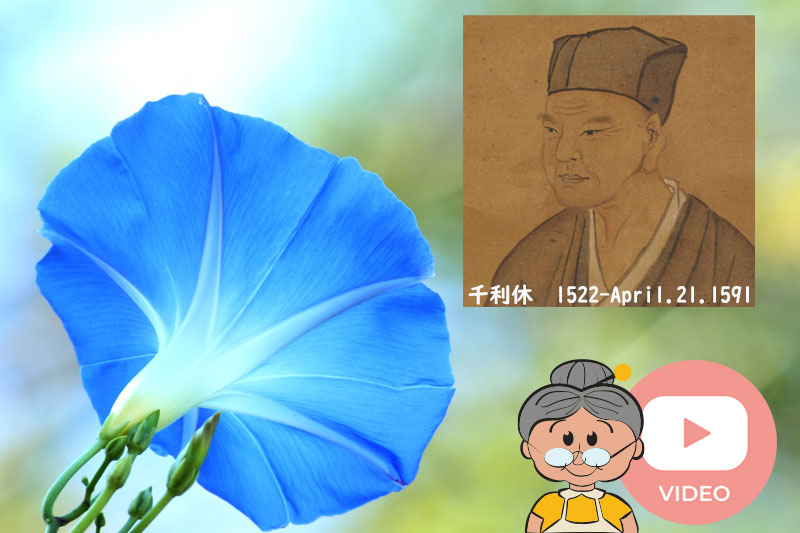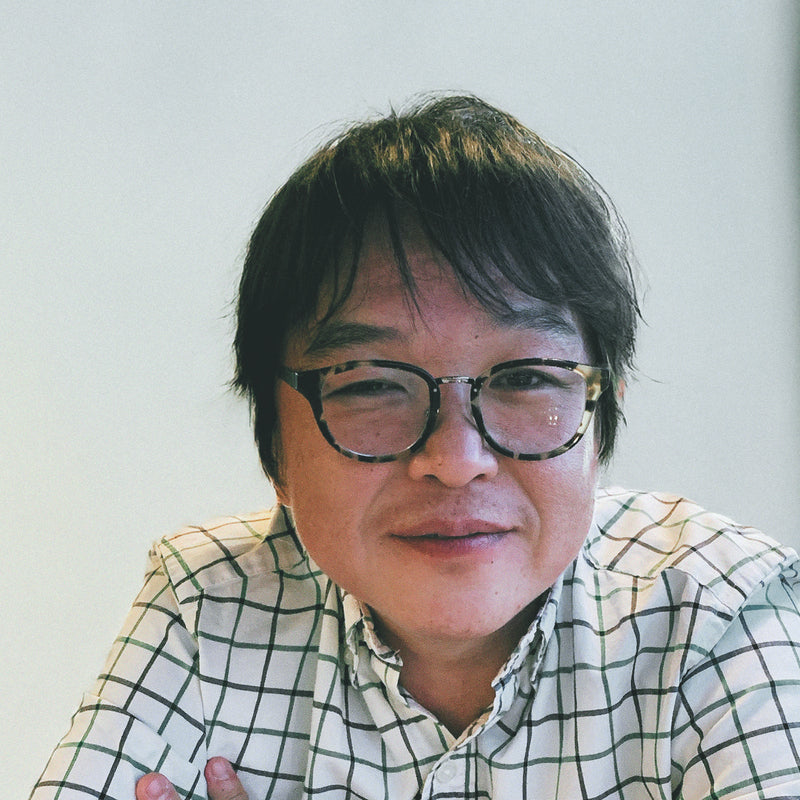In 1986, or thirty-seven years ago today, fans were treated to Karate Kid Part II, with actor Ralph Macchio playing the now iconic character of Daniel LaRusso. In one memorable scene, Daniel is seen with the beautiful Kumiko (played by Tamilyn Tomita) inside a home in the middle of the Okinawan countryside. By the window, wearing her "yukata," or summer kimono, Kumiko performs cha-no-yu, or a traditional tea ceremony.
Ever so gracefully, Kumiko wipes each bamboo implement with a red triangular cloth. She then proceeds to scoop green tea from a container and place the aromatic powder into a teacup. Using a wooden spoon, she pours hot water into the cup and then mixes everything with a bamboo stirrer. She then picks up the teacup, turns it counter-clockwise two or three times, and hands it over across the table to Daniel.
In response, the young hero takes the cup, turns it counter-clockwise two times, and then proceeds to sip the tea. After he is done, he again holds the cup, turns it counter-clockwise two times, and lets the cup rest on the table. Both Daniel and Kumiko exchange smiles. The young lady then pulls out the wooden pin to let her long black hair down. They both reach over the table and meet with a light kiss.
In the movie, the tea ceremony served as a means for Daniel and Kumiko to offer and accept each other's feelings. As they sipped tea from the same cup, they also began to share a genuine love for each other. While starting a romantic relationship over green tea may not happen for everyone in real life, taking this amazing beverage daily will have other beneficial effects.
Health Benefits of Green Tea
Green tea is so popular that millions of people drink it every day. In fact, at least 50 percent of the world's green tea supply is consumed in China. In Japan, at least 80,000 tons of this tea are brewed and drunk every single year. But it is more than just a beverage; it is a true health tonic, which explains its large consumption by people all over the world.
According to research, the consumption of green tea helps promote healthy gums and teeth. Even expert dentists for kids agree that this tea is beneficial, as long as it remains unsweetened. A Harvard University study showed that this herbal beverage helps prevent periodontal disease and even acts as an antioxidant.
The National Cancer Institute, for its part, has found that polyphenols in tea have helped slow down the growth of tumors. Based on their laboratory experiments, these micronutrients also help kill cancer cells. Still, more in-depth research is needed to confirm tea's anti-cancer effects.
Other known benefits of regular consumption of green tea include its anti-inflammatory effects, ability to reduce the incidence of strokes, type 2 diabetes, and high cholesterol. Studies are now underway to confirm its positive impact on other ailments such as Alzheimer's disease, obesity, and memory loss.
Roots of the Green Tea Ceremony
Due to its many therapeutic effects, green tea has been consumed by people for centuries. In Asia, the consumption of the beverage became widespread beginning in the year 1192, when monks from China brought tea to Japan. During meditation in the temple, the brew helped them stay awake during the long hours of their monastic practice. There are, however, ancient manuscripts that describe how a monk served this tea to the Japanese emperor as early as the year 815.
Soon, a more ritualized form was popularized even among the Japanese nobles, which was later copied by so-called commoners. The whole point of the ritual is to embody the spirit and philosophy of Zen Buddhism, which is about attaining peace, serenity, and simplicity in daily life. Aside from the many health benefits of green tea, the ritual itself became a form of meditative practice where every single detail was given attention.
According to scholars, the essence of the tea ceremony is described in the philosophical term "Wabi," which refers to the human spiritual experience of tranquility, purity, and sober refinement. It is also associated with the principle of "Sabi," which speaks of the transitoriness of all things, that is, all things decay or wither away. Combined, the "Wabi-Sabi" philosophy is represented in the tea ceremony to remind people about the sublime truths in life as taught through Zen Buddhism.
Mr. Miyagi and Yukie
Without forgetting the medicinal effects and historic origins of green tea, the movie Karate Kid Part II does seem to demonstrate the "Wabi-Sabi" principle not only in Daniel and Kumiko's romantic scene but also in Mr. Miyagi's own backstory.Miyagi (played by Pat Morita) went back home to Okinawa with Daniel to visit his ailing father.
There, he is reunited with Yukie (played by Nobu McCarthy), who was his long-lost love and the reason why he left the country in the first place. Avoiding a love triangle with his best friend and fellow karate master, Sate, he chose to leave for the United States. Now back in each other's arms as older individuals, Yukie and Miyagi also perform their own tea ceremony, which seemed to reflect the purity of their love for each other in the midst of the withering away of the years that passed between them. Indeed, we all need to sip cups of green tea not only for its qualities of promoting health but also to re-enact those tea ceremonies with our loved ones and bring warmth to our hearts.
Get Free Bonus Books

Sign up for free to the Green Tea Club to get advice and exclusive articles about how to choose Japanese Tea, and tips, tricks, and recipes for enjoying Japanese tea.
About the author
Kei Nishida
Author, CEO Dream of Japan
Certification: PMP, BS in Computer Science
Education: Western Washington University
Kei Nishida is a passionate Japanese green tea connoisseur, writer, and the founder and CEO of Japanese Green Tea Co., a Dream of Japan Company.
Driven by a deep desire to share the rich flavors of his homeland, he established the only company that sources premium tea grown in nutrient-rich sugarcane soil—earning multiple Global Tea Champion awards.
Expanding his mission of introducing Japan’s finest to the world, Kei pioneered the launch of the first-ever Sumiyaki charcoal-roasted coffee through Japanese Coffee Co. He also brought the artistry of traditional Japanese craftsmanship to the global market by making katana-style handmade knives—crafted by a renowned katana maker—available outside Japan for the first time through Japanese Knife Co.
Kei’s journey continues as he uncovers and shares Japan’s hidden treasures with the world.
Learn more about Kei





